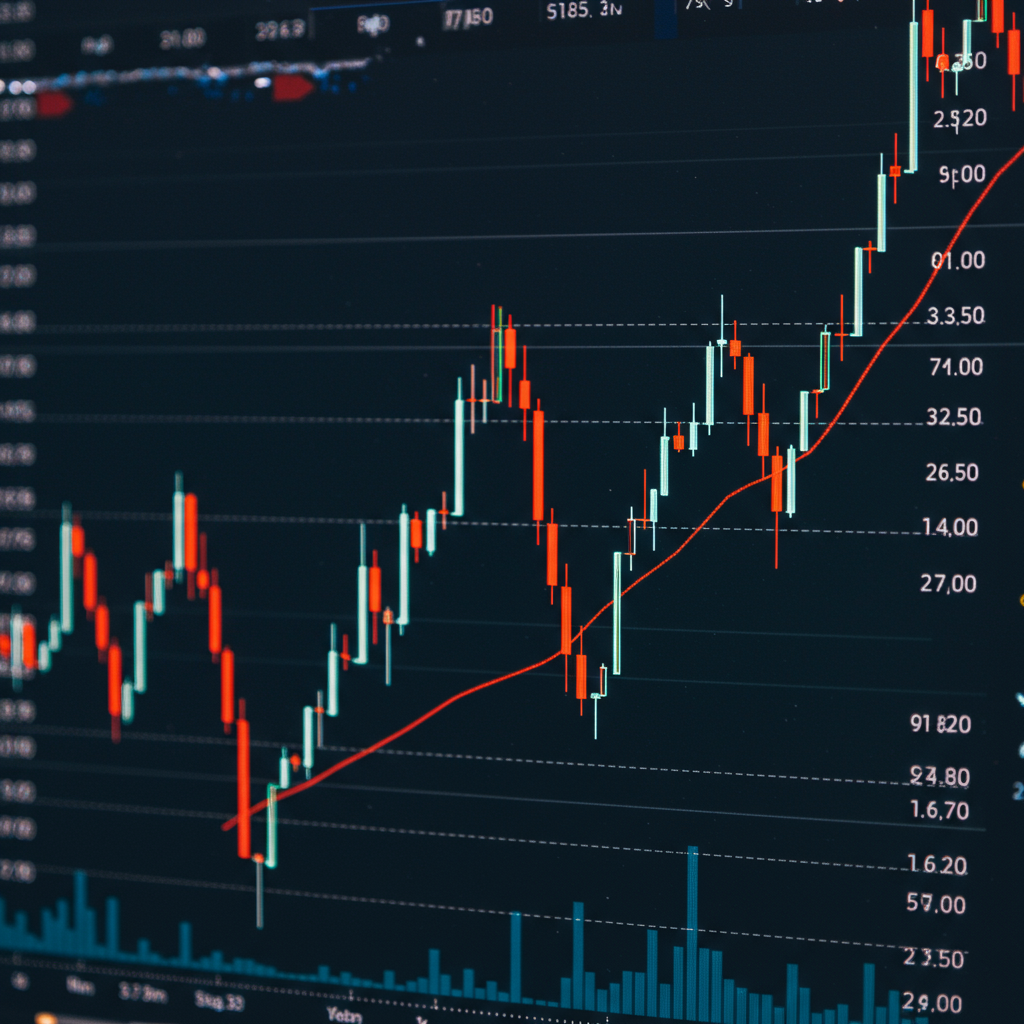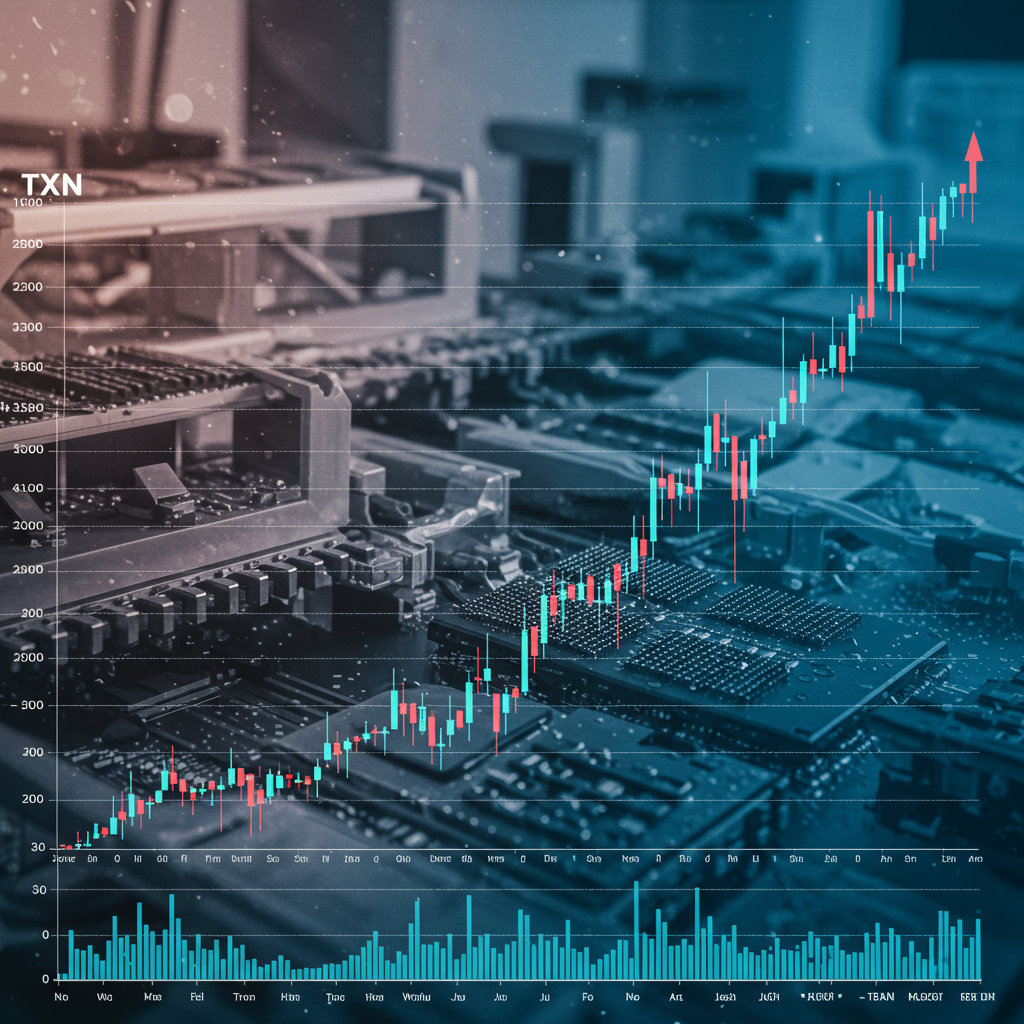US stock markets experienced a remarkable rally in early July 2025, pushing major indices like the S&P 500 and Nasdaq Composite to unprecedented record highs. This surge signaled a stunning turnaround for investors following a volatile first half of the year. The positive momentum was largely attributed to growing optimism around easing global trade tensions, cautious but flexible signals from the Federal Reserve on interest rates, and the anticipation surrounding President Trump’s proposed significant tax cut bill progressing through Congress. Investors keenly watched developments in Washington and international trade negotiations, seeking clarity amidst a backdrop of economic data releases and corporate earnings reports.
Record Highs and Key market Movers
The week began with significant gains. On Monday, June 30, 2025, the S&P 500 closed above 6,200 for the first time ever, climbing approximately 0.5%. The Nasdaq Composite also hit a fresh record high, advancing about 0.5%. The Dow Jones Industrial Average saw robust gains, rising over 0.6%, though it remained below its prior peak. This broad ascent marked a strong start to the second half of the year and a significant recovery from a sharp decline earlier in the spring. By Tuesday, the rally continued, with the Nasdaq Composite adding roughly 1.4% and the S&P 500 gaining 1.1%, closing near their latest records. The Dow Jones surged over 500 points, or about 1.2%.
Strength in the technology sector played a crucial role in driving index performance. Megacap tech companies continued their dominant run. Nvidia and Meta Platforms, for instance, reached their own record highs, with Meta benefiting from strategic restructuring announcements focused on artificial intelligence. Microsoft also touched an intraday high. Year-to-date figures highlighted Meta’s impressive 26% gain, outpacing even Nvidia’s strong 17% increase. The Nasdaq 100, heavily weighted towards tech, also reached a new closing high on Tuesday.
Beyond the tech giants, specific corporate news spurred significant stock movements. Oracle shares jumped over 7% after disclosing major cloud services agreements, including one projected to generate over $30 billion in annual revenue starting in fiscal year 2028. Hewlett Packard Enterprise (HPE) saw its stock rise over 13% following a settlement with the Department of Justice that cleared its path to acquire Juniper Networks for $14 billion; Juniper’s stock also gained. Robinhood reached an all-time high after launching tokenized stock trading in Europe. Crypto-related stocks like MicroStrategy and Coinbase also surged amidst reports of a potential Republican-led crypto regulatory bill. Uber stock climbed after starting robotaxi services in Atlanta.
Trade Hopes Fuel Investor Optimism
A primary catalyst for the market’s renewed vigor was the palpable easing of global trade tensions. Hopes surged that the United States and its major trading partners, particularly China, were nearing agreements to resolve sweeping tariffs implemented under President Trump. Canada’s decision to scrap a planned digital services tax targeting US tech firms just hours before its implementation was seen as a significant de-escalatory step aimed at reviving stalled trade discussions.
President Trump added to the positive sentiment by indicating he didn’t foresee needing to extend the July 9th deadline for the resumption of US “reciprocal” tariffs. He mentioned that only two accords—with China and the UK—had been reached so far, with the UK deal effective immediately. While details on the China deal remained somewhat unclear despite Trump’s statement about a signed agreement, the overall calmer rhetoric from the White House on tariffs significantly reduced investor anxiety that had previously sent the S&P 500 into a bear market phase earlier in the year. Treasury Secretary Scott Bessent suggested a potential delay in the reciprocal tariff deadline, hinting negotiations could conclude by Labor Day, further supporting the narrative of easing tensions.
Federal Reserve Navigates Tariffs and Data
Federal Reserve policy also remained a critical focus point for the market. During his semiannual testimony to Congress, Fed Chair Jerome Powell reiterated the central bank’s position: holding interest rates steady for the time being. Rates remained in the 4.25%-4.5% range for the fourth consecutive meeting. Powell stated the Fed was “well-positioned to wait” for more economic data before considering any policy adjustments.
A key uncertainty cited by Powell was “tariff inflation.” He explicitly stated that the Fed was waiting to understand the inflationary impact of new tariffs before cutting rates, noting that “the cost of the tariffs has to be paid.” Powell highlighted that effective tariff rates remained elevated, significantly higher than earlier in the year, despite a slight dip since April. While facing public pressure from President Trump to lower rates, Powell firmly emphasized the Fed’s independence, stating their focus was solely on achieving a strong and stable economy, viewing political criticism as a distraction. He acknowledged that the Fed’s latest projections reflected higher inflation and slower growth expectations compared to earlier forecasts, partly due to anticipated tariff impacts.
The Fed’s updated Summary of Economic Projections revealed a central forecast of two 25-basis-point rate cuts by the end of 2025, maintaining the median projection at 3.9%. However, the “dot plot” showed increasing division within the Federal Open Market Committee, with a significant number of officials forecasting no cuts this year, others expecting fifty basis points in cuts, and a few anticipating either one cut or more than fifty. Powell attributed this divergence to differing assessments of risks and the overall economic uncertainty, suggesting these differences would likely diminish as more data became available.
The Influence of the Trump Tax Bill
Another significant factor contributing to market sentiment was the movement of President Trump’s proposed $4.5 trillion tax cut bill. Estimated to add $3.3 trillion to the national deficit over a decade by the Congressional Budget Office, the bill was undergoing intense negotiation and amendment votes in the Senate.
The prospect of substantial corporate and individual tax cuts generated optimism among investors who anticipated potential boosts to corporate profits and consumer spending. While the final form and passage timeline remained uncertain, the bill’s progress through legislative hurdles kept it firmly on the radar as a potential market driver. Market participants closely monitored the legislative process, weighing the potential economic stimulus against concerns about the national debt and its long-term implications.
Broader Economic Landscape and Geopolitical Risks
Amidst the rally, investors also digested a mix of economic data. The Commerce Department reported that overall inflation rose to 2.3% year-over-year in May, with core inflation (excluding food and energy) ticking up to 2.7%. Recent housing starts data showed a significant decline in May, hitting a five-year low and falling below expectations, potentially signaling risks for construction employment. Weekly jobless claims remained near an 8-month high, suggesting job seekers faced challenges. Mortgage rates stayed elevated, hovering above 6.8%. Consumer confidence also slipped in June, with tariffs and inflation cited as top concerns.
Geopolitical risks, particularly the potential for US involvement in the Israel-Iran conflict, also kept markets “on edge” at times, contributing to volatility despite easing trade and Fed optimism. While hopes for a ceasefire helped boost markets early in the week, the fragility of the truce and uncertainty surrounding President Trump’s stance on potential military action in the region remained a source of concern for investors. Oil prices reacted to these developments, showing volatility related to supply risk perceptions.
Despite the record highs and prevailing optimism driven by trade hopes, Fed policy, and the potential Trump tax bill, some market watchers cautioned against excessive complacency. Analysts noted that the market was celebrating the “China trade deal” multiple times, raising questions about its true finality. Lingering uncertainties regarding the economic impact of tariffs, geopolitical tensions, and the path of inflation and growth meant that the market environment heading into the second half of 2025 was still viewed by some as having “fog in the data.”
Frequently Asked Questions
What key factors were driving the US stock market rally in early July 2025?
The market rally was primarily propelled by growing hopes for the resolution of US trade tensions, particularly with China and Canada, reducing anxiety over tariffs. Optimism also stemmed from Federal Reserve statements indicating rates would be held steady for now but leaving room for future cuts, pending economic data and clarification on tariff inflation. Additionally, progress on President Trump’s proposed tax cut bill in Congress contributed to positive investor sentiment regarding potential economic stimulus.
Did major US stock indices reach new record highs during this period?
Yes, both the S&P 500 and the Nasdaq Composite indices achieved fresh all-time record closing highs in early July 2025. The S&P 500 closed above 6,200 for the first time. The Dow Jones Industrial Average also saw significant gains, although it had not surpassed its previous record peak during this specific rally period covered by the reports.
How did the potential Trump tax cut bill impact market sentiment and investor outlook?
The potential tax cut bill introduced by President Trump, estimated to total $4.5 trillion and add significantly to the deficit, was closely monitored by markets. Its movement through the Senate, including ongoing negotiations and votes on amendments, generated optimism among investors. The prospect of lower corporate and individual taxes was viewed as a potential catalyst for economic growth and increased corporate profitability, contributing positively to market sentiment despite concerns about national debt implications.




